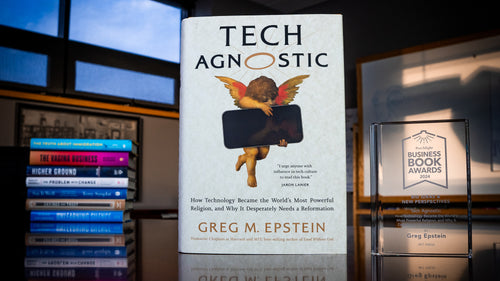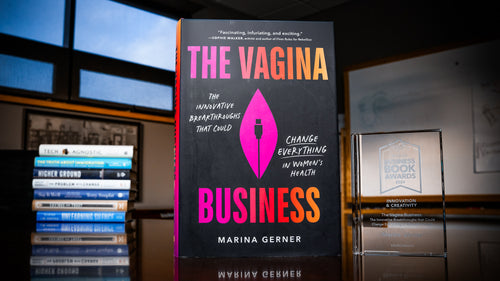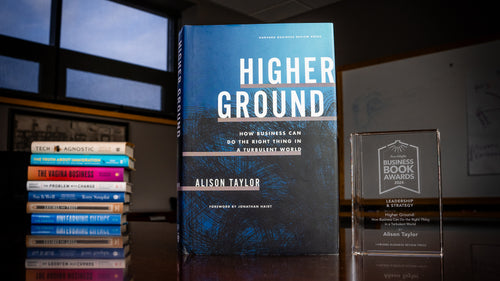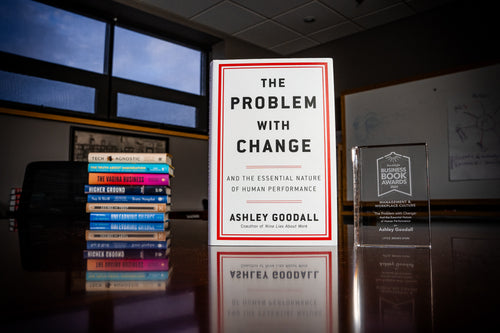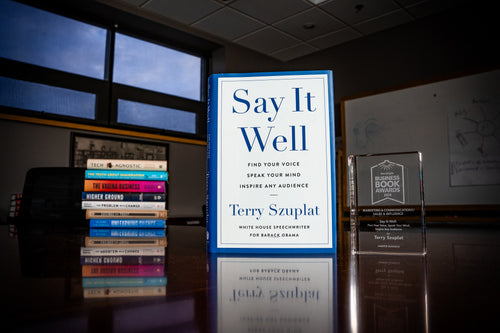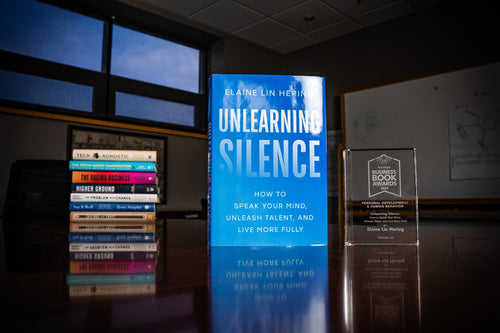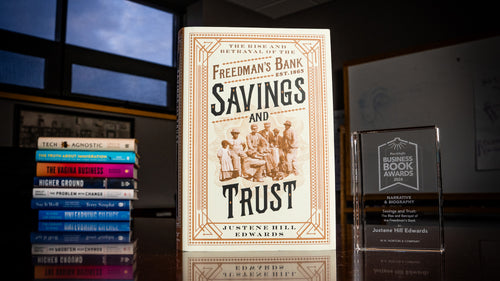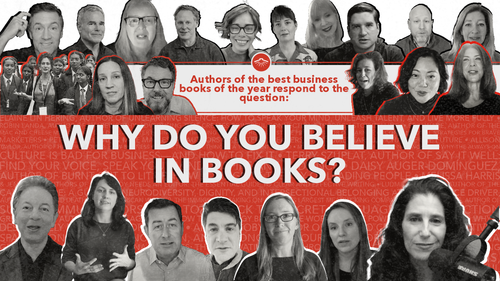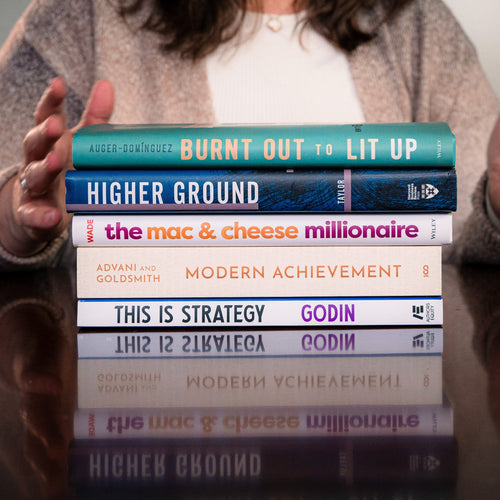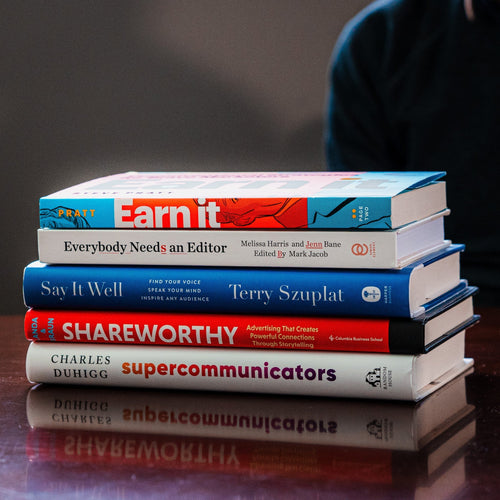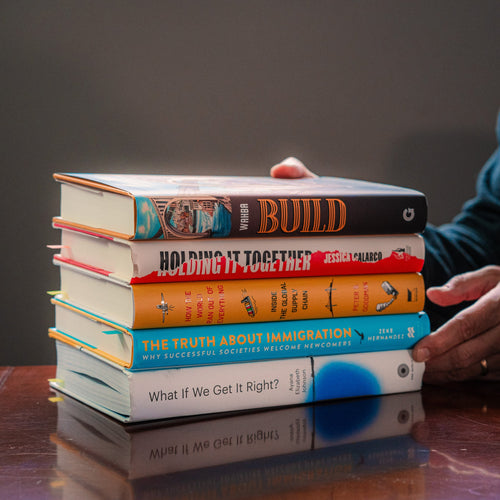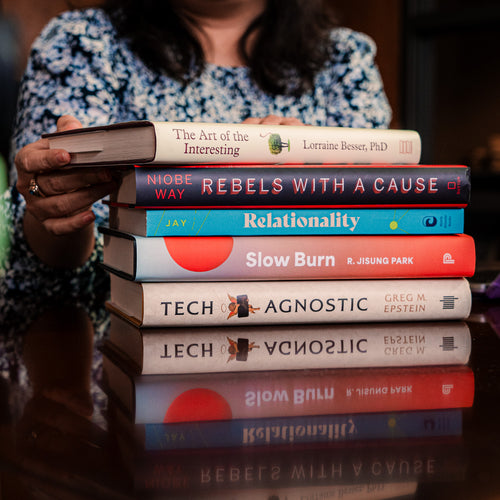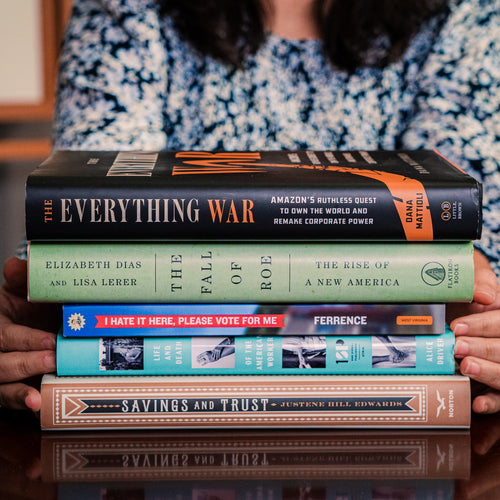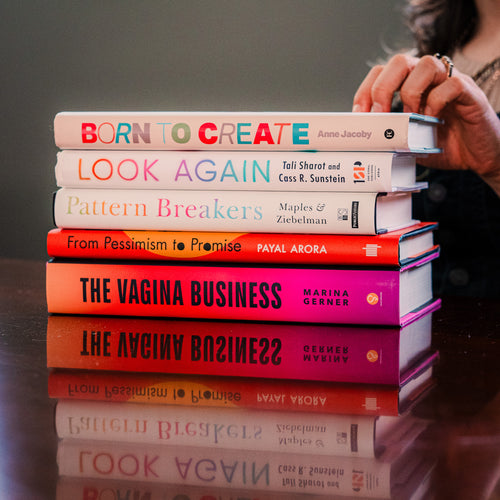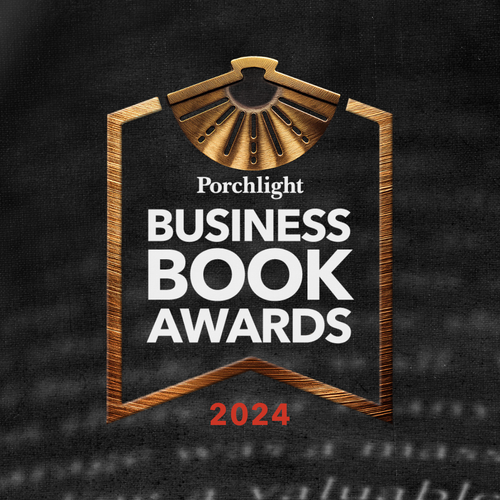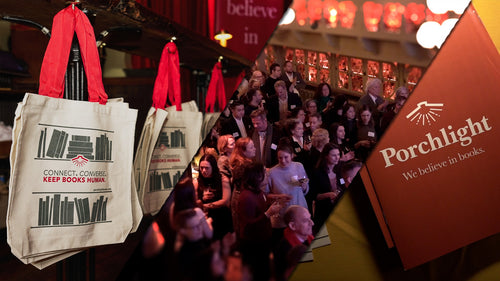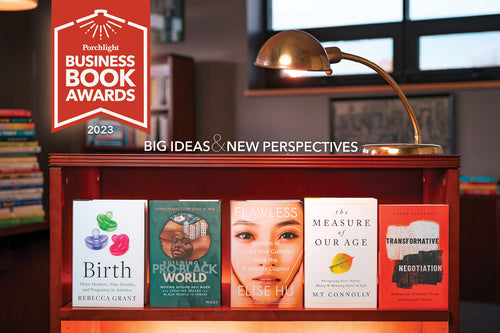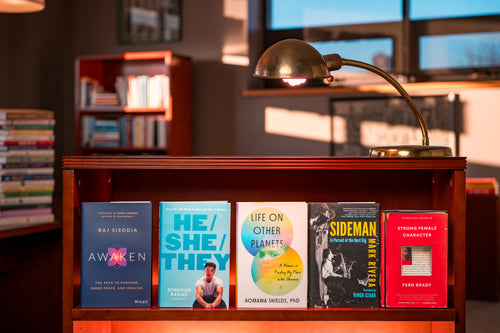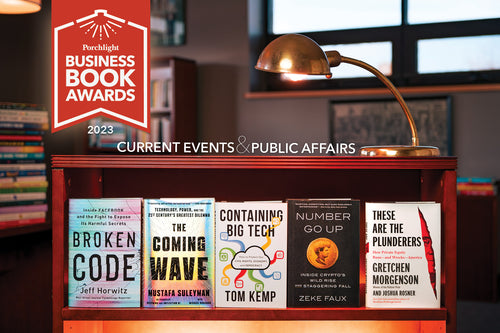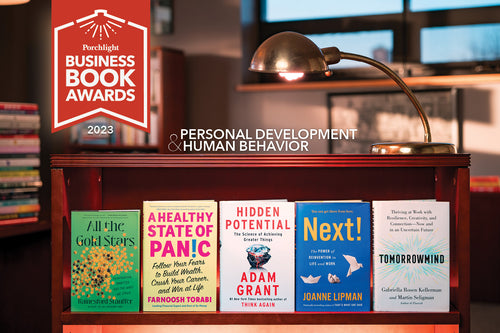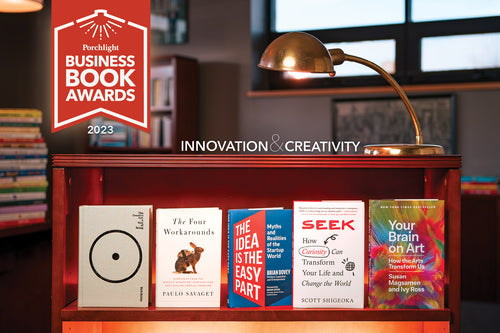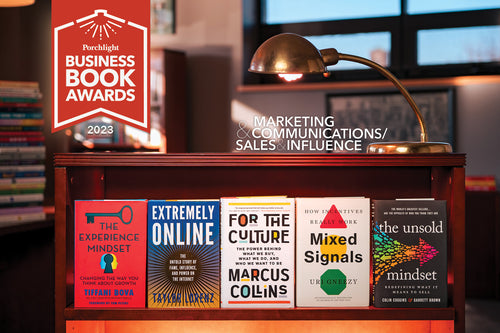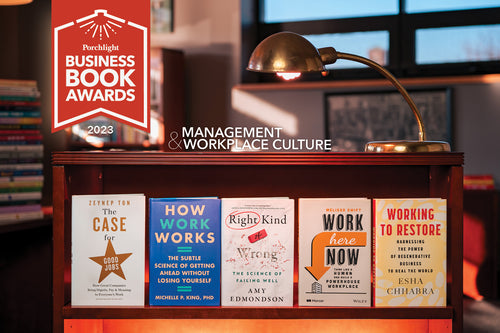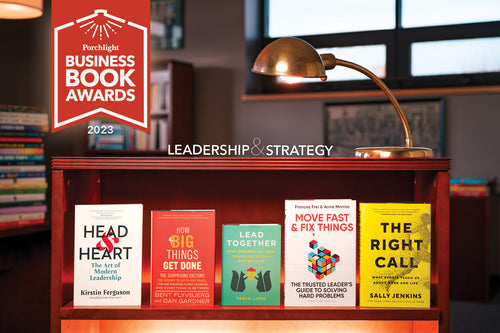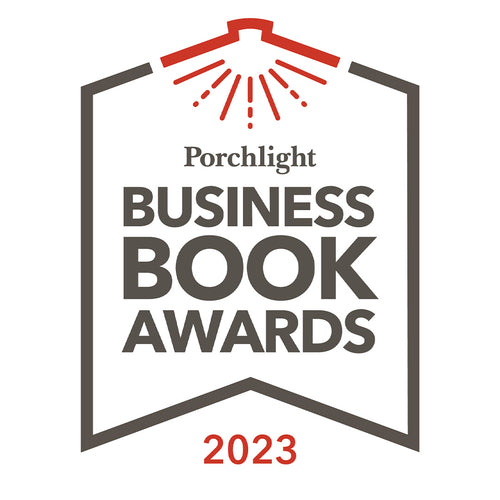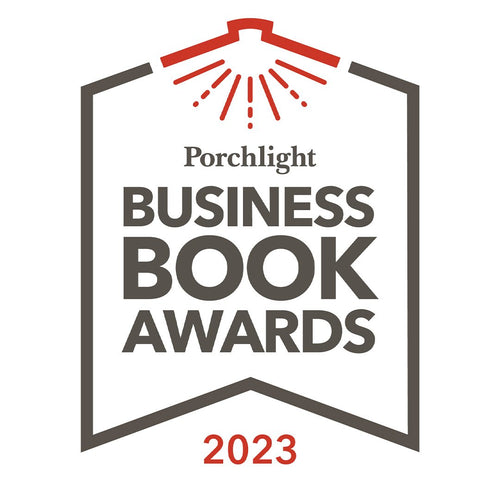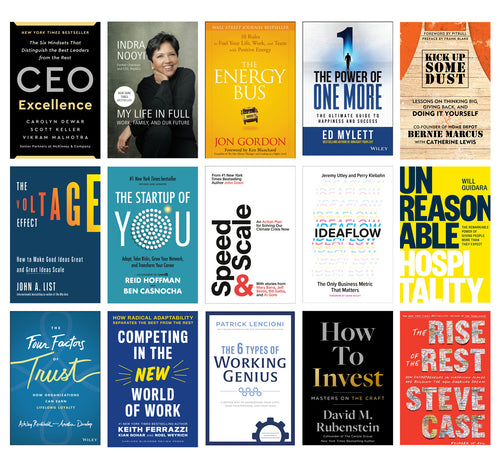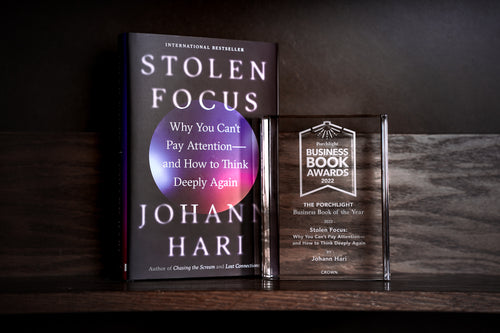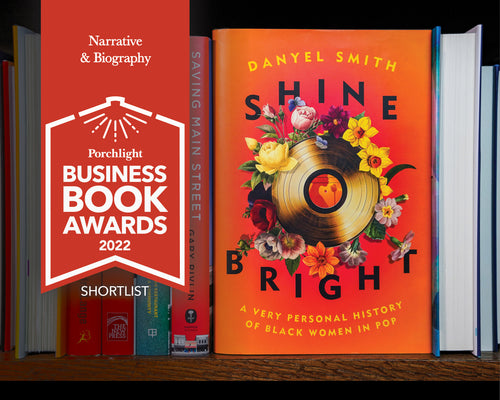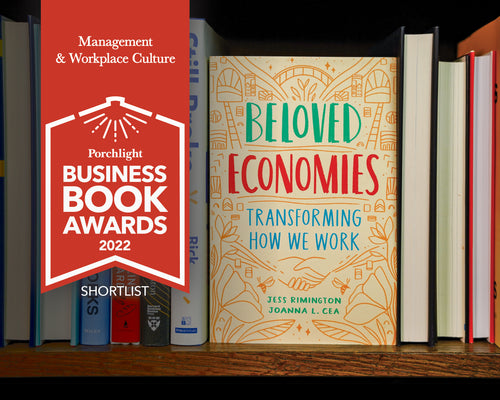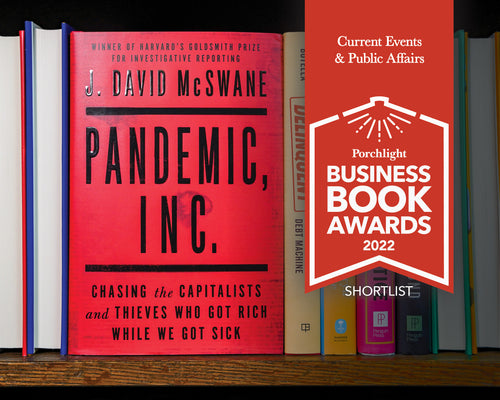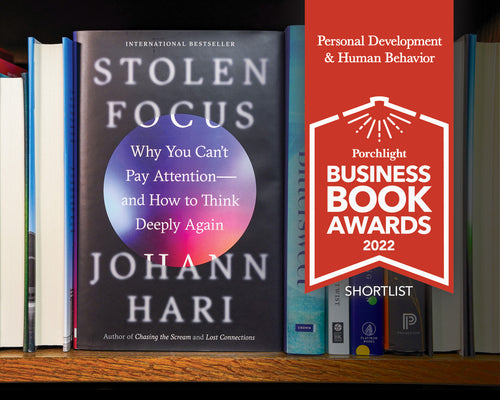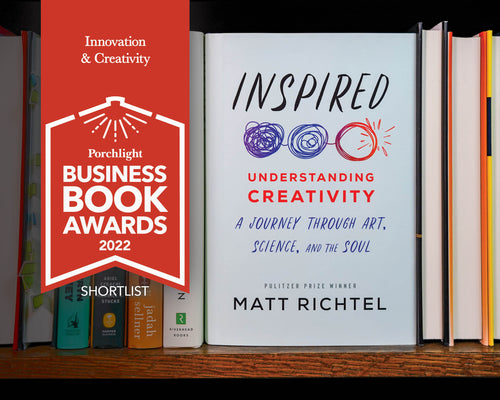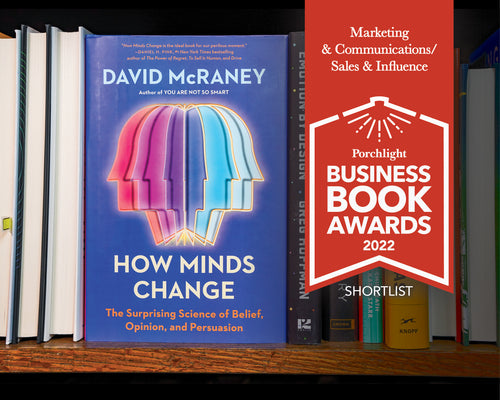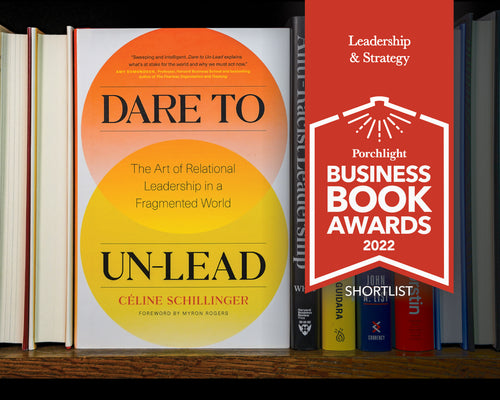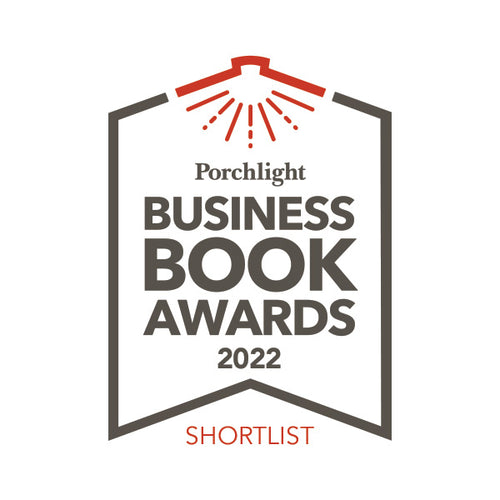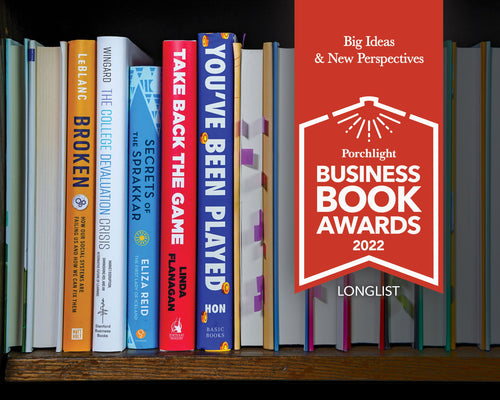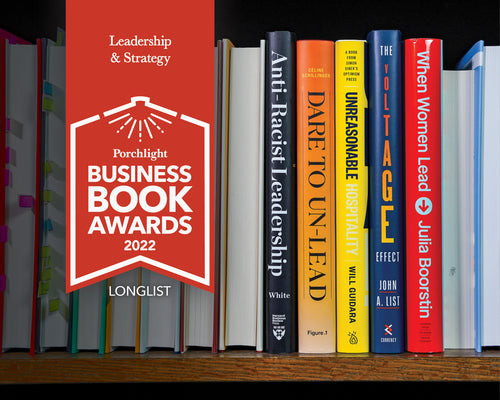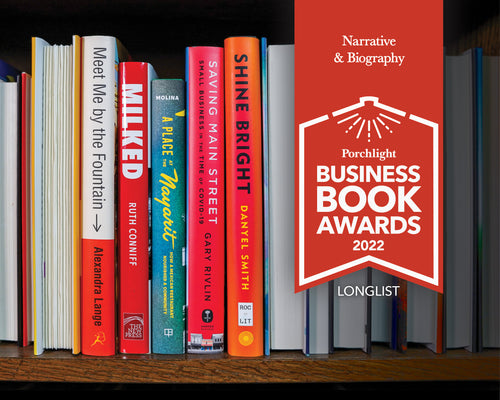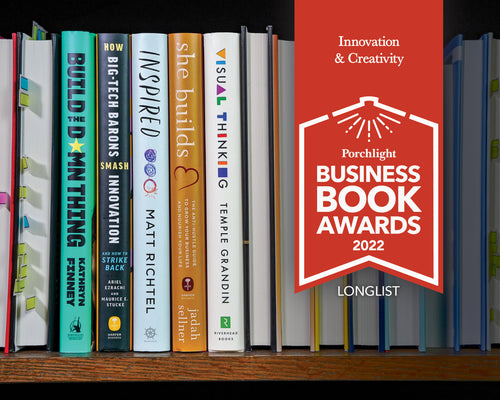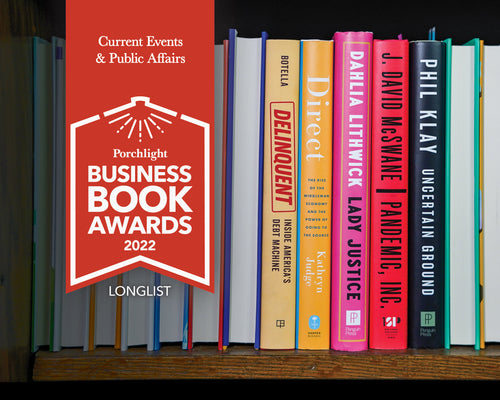
Another prime cut from the Author Blog, here's an email interview I conducted with design and publishing thinker Ellen Lupton, who talks about her experience with self-publishing books, and the role design plays in the process. It's an interesting read for anyone who might be looking for ways to present their ideas to the world.
---
Technology has enabled people to publish their own books easier, more frequently, and with more control than ever before, but what is really involved?
Another prime cut from the Author Blog, here's an email interview I conducted with design and publishing thinker Ellen Lupton, who talks about her experience with self-publishing books, and the role design plays in the process. It's an interesting read for anyone who might be looking for ways to present their ideas to the world.
---
Technology has enabled people to publish their own books easier, more frequently, and with more control than ever before, but what is really involved?
Writer and designer Ellen Lupton has published many books that deal with communication design, and has now written a book that addresses the freedom (and work) involved with publishing your own book. It's called Indie Publishing.
After reading the book (and keeping it as an important resource), I thought it would be great to share some of her ideas with our author audience. The following is a brief interview I conducted with Ellen about some of the ideas in her book, and other insights into the publishing world.
What do you see as the main advantages of self-publishing, and working with a mainstream publisher?
In favor of self-publishing: Keep all the money. Control all the details. Take responsibility for your project. Don't ask permission to get yourself published. Don't get lulled into the false expectation that your publisher will make your book successful for you or fix all the problems with it.
In favor of mainstream publishing: Someone foots the bill (less risk for you). You don't have to do everything yourself (less work for you). Avail yourself of professional expertise, including editing, design, and distribution.
With technology, self-publishing is certainly becoming more possible and easy for individuals, but is it for everyone? What are the main challenges?
Putting together books takes a lot of time, practice, and attention to details. To make a beautiful book requires sensitivity to typography. Traditional publishing is a collaborative process; self-publishing can be solitary–but it doesn't have to be. You can still band together and get feedback from people.
Should the rise of self-publishing carry ecological concerns?
On the one hand, the rise of self-publishing means more books and more paper (because more people have access to publishing). On the other hand, self-publishing is well-suited to low-volume projects for local audiences, which are not terribly wasteful. Print-on-demand minimizes waste. Self-publishing is also suited to eBooks and other electronic editions.
Your book, Indie Publishing, covers a ton of helpful information on production, design, and even some history of the publishing industry. A whole other book, perhaps, would be to discuss the marketing of self-published books. What advice would you share for a self-pub author to get the word out about their book?
There are many ways to promote your book. You can visit schools, speak as an expert on related subjects, publish articles on related topics, have a blog, contribute to other people's blogs, and more. Many people think the only way that authors promote books is by doing readings and events at bookstores. In my experience, these events can be awkward and ineffective. I've had much better experiences doing lectures at colleges or professional conferences, where people are there to hear about your topic and are receptive to the book.
A major chunk of the book is about design. Whether you're making an art book or a business book, design is critical for usability and impact. For the sake of this interview, share a synopsis of your thoughts on the importance of design.
A book is a physical object. We hold it in our hands and we see it with our eyes. Bad typography and shoddy construction will undercut the authority of a book, making it look amateur. For example, a book typeset in 12pt TimesRoman with badly justified text will look like it was put together in your office cubicle at lunch. A well-designed book need not call attention to itself; it will just look right.
Some of the design approaches you discuss in the book might be labor intensive. Some authors might be thinking, "I can't spend too much time on the design. I need to get the idea out there and get people talking about it." What are your thoughts on this, and how far should authors consider the design and feel of their book?
Publishing is a labor-intensive process. Anyone who has worked with mainstream publishers has experienced frustrating lag times between various stages of submission–it seems to take forever to get feedback and results (even rejections take too long)! When you design and produce your own book, you discover the reasons behind some of that lag time, yet you get to control the time yourself. Writing is slow, editing is slow, and design is slow, too. Our society is starting to value "slowness" again. If you don't enjoy gradual, repetitive processes, then self-publishing is not for you. (Self-publishers can hire professional editors and designers to help them, though.)
What are your thoughts on digital books, and how effective do you see publishing in that realm to be over physical books?
Digital books are coming of age fast. They are economical, timely, and low on waste. I believe that digital books will enable more authors to get published; however, this will also mean more books out there for people to choose from, and more competition for limited mind share.
Even if someone is working with a major publisher, what are some ways that self-publishing might compliment that work?
Print-on-demand technologies are a great way to develop book proposals to share with editors and agents (especially if your book has a visual component). I use print-on-demand throughout the writing and design process to prototype and share the work as I go. A print-on-demand or self-published work can be the basis of a bigger or formally produced book later.
—
About Ellen Lupton:
Ellen Lupton is a writer, curator, and graphic designer. She is director of the Graphic Design MFA program at Maryland Institute College of Art (MICA) in Baltimore. She is the author of numerous books, including Thinking with Type (2004), D.I.Y.: Design It Yourself (2006), and Graphic Design: The New Basics (with Jennifer Cole Phillips, 2008).
More information about her work can be found at:
www.eLupton.com
www.thinkingwithtype.com
www.design-your-life.org

